


A Brief Guide to Common Coding Languages
20/05/2019
Have you ever wondered what goes on behind the scenes of web development? Here is our short guide to some of the languages we use often here at 360 to build your websites!
HTML
HTML (or Hypertext Markup Language) forms the structure of a web page and defines how data is presented. It might be best thought of as the beams of a house that provide a solid framework. HTML uses some of the most recognisable 'tags', which can wrap around website content and help the browser to understand how to render the page correctly. HTML tags are used for a wide variety of purposes - from simple text blocks and links, to images and videos.
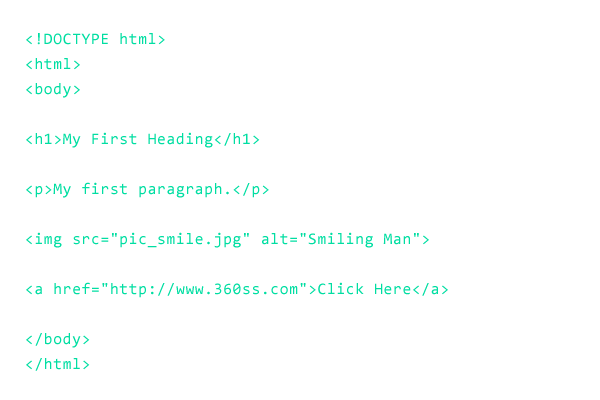
CSS
Cascading Style Sheets (more commonly known as CSS) are used to define the way content is styled and appears visually. CSS can be used to control an overwhelming amount of style properites - from simple changes to the size or colour of text, to controlling the way all the content responds at different screen resolutions.
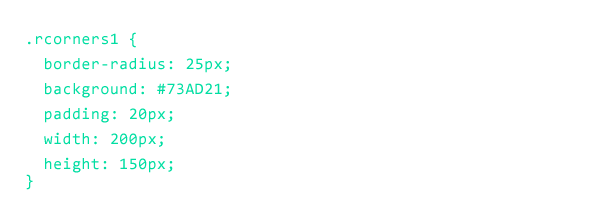
JavaScript
JavaScript is another essential coding language used to provide more complex functionality and interactivity on a web page. This might be in a pop up, slider, countdown timer, image zoom or many other applications. For people outside the world of web development, JavaScript is perhaps one of the less familiar languages but is nonetheless an essential tool for almost any website project.

PHP
PHP stands for Hypertext Preprocessor and is the most commonly used type of 'server-side script'. Building on our earlier analogy, if HTML is the structure our house then PHP might be best seen as the delivery company continually travelling to and from the builders' merchant to request more materials and content to fill it. When you navigate to a web page that relies on server-side scripts, these scripts work by requesting that the web server performs certain tasks on your behalf before it sends back the code for the web page you wish to view. These tasks could involve retrieving specific data from a database (e.g. all the relevant products and images when you click on the 'Shoes' category of an online shop), or running username and password authentication, or even just requesting today's date.
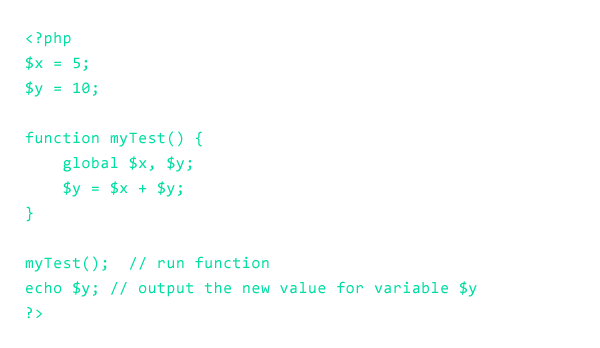
XML
XML, or Extensible Markup Language is similar to HTML in the way it marks information with tags, however XML defines what data is, rather than how data looks. It is used to store and transport data in a structured way, simplifying how the data is shared.
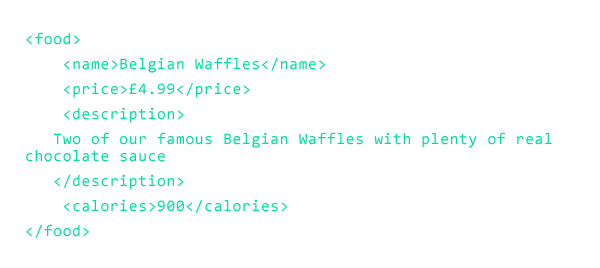
C/C++
C/C++ is the language used for writing applications and programs. It can be used to build desktop or web apps and also mobile apps, usually where a large amount of data is being processed and where high performance is needed.
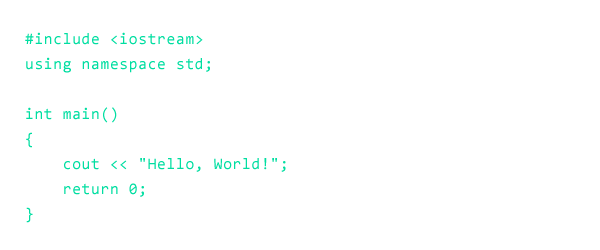
Python
Python is another programming language that can be used for building web apps on servers, to automate a small task on your system and even look through big data and do complicated mathematics. It reads similarly to the English language so is easier to understand and work on than some other languages.
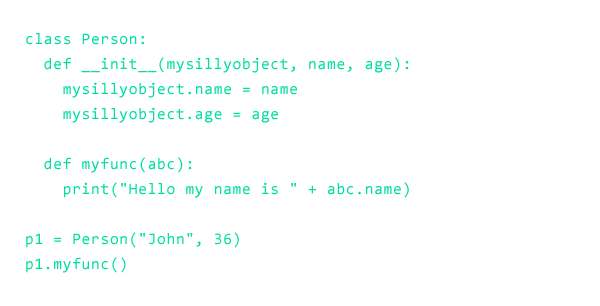
Whilst there are many more languages used in web development and programming, these are the most common ones you might come across. Hopefully this short overview has helped to provide a little bit of context to what can often be confusing and technical at times!
